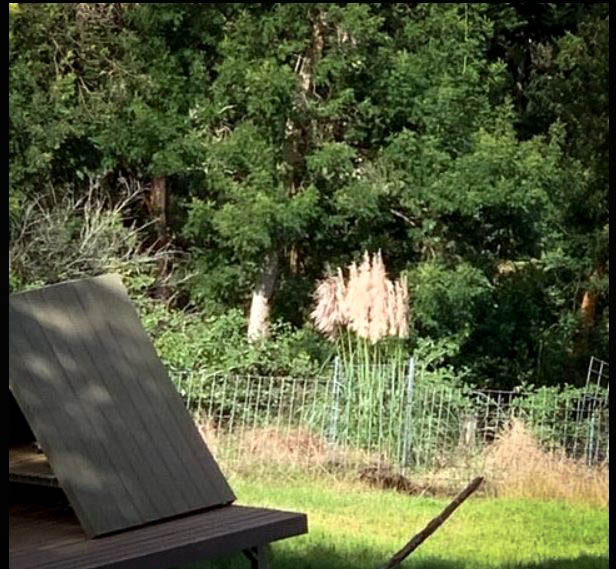Back in 2009, a father and his two kids, still wet from the beach, walked into the office of the…
Read More
ʻŌhiʻa’s genetic diversity may contribute to disease resistance
ʻŌhiʻa is both a pioneer – the first to grow on new lava– and a protector—hosting and sustaining birds, insects,…
Read More
Press Release: Haʻikū residents report stinging ants, uncovering a small population of invasive little fire ants
Date: November 19, 2020 FOR IMMEDIATE RELEASEContact: Lissa Strohecker, Public Relations and Educational Specialist Maui Invasive Species Committee PH: (808)…
Read More
Plant Crew – September 2020
Rapid ʻŌhiʻa Death response: In response to community reports, Mike Ade collected two samples for possible Rapid ʻŌhiʻa Death: one…
Read More
Molokai/Maui Invasive Species Committee -September 2020
The Molokai Crew at MoMISC has been working hard to continue their surveys for early detection species including little fire…
Read More




